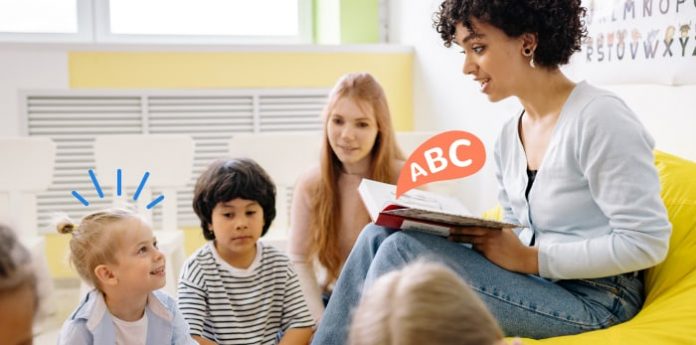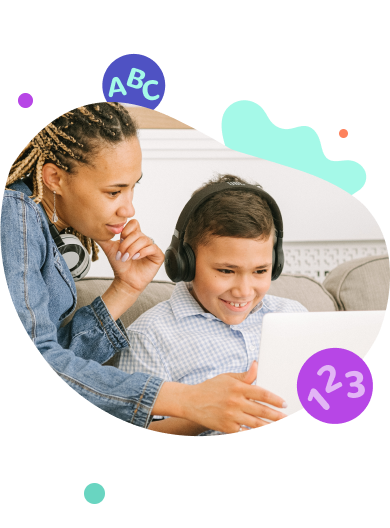- 1. Build Relationships beyond the classroom and Appreciate their Culture
- 2. Regular Check of Understanding and Feedback
- 3. Model for them
- 4. Modifying Instruction and Teaching Methodology
- 5. Slow it down!
- 6. Using Multiple Learning Styles
- 7. Focus on the production skills from the start
- 8. Bilingualism in the class
- 9. Leverage technology
English Language Learners require support, both in & outside the classroom.
We must help ELLs comprehend what they hear and learn in the classroom. There are several ways in which we can achieve this.
Math & ELA | PreK To Grade 5
Kids see fun.
You see real learning outcomes.
Watch your kids fall in love with math & reading through our scientifically designed curriculum.
Parents, try for free Teachers, use for free
Here are some more ELA games to educate and engage your kids!
Strategies for English Language Learners
1. Build Relationships beyond the classroom and Appreciate their Culture
Build relationships not just within the classroom but also beyond. It is essential to get to know your ELL. Learners are most engaged when they feel a personal connection to a lesson or unit, a connection that’s driven by a teacher’s intention to build relationships.
Create a supportive environment that appreciates diversity. It’s important that students feel they can freely express themselves in an environment where their diverse backgrounds are respected and celebrated. Pair them up with a buddy, preferably one they choose and are comfortable working with and getting along with.
Also read: What are English Language Learners & How Can Teachers Help
2. Regular Check of Understanding and Feedback
Like your native English-speaking students, checking your ELL’s understanding regularly is important.
It’s also important to highlight that it’s okay if they don’t understand. You ensure your student is learning and grasping the content by consistently checking in. It also ensures that you are building a supportive environment.
Don’t assume everything is going well. Give regular and a variety of feedback.

3. Model for them
Model for the students what they are expected to do or produce. This essential strategy works wonders. Sharing your thought processes aloud and thoroughly explaining what is to be done would help them break down what is being expected of them.
4. Modifying Instruction and Teaching Methodology
Another strategy that can be used is accommodation. This is essentially adapting language (spoken or written) to make it more understandable to learners whose first language is not English.
Another thing that can be done to modify instruction is chunking content and steps into manageable sections. Also, offering choices wherever possible.
It also helps to provide anchor words and charts to equip students with some basic concepts before a new concept is taught. Pre-teach vocabulary, wherever possible, and provide sentence stems to help them structure their sentences.
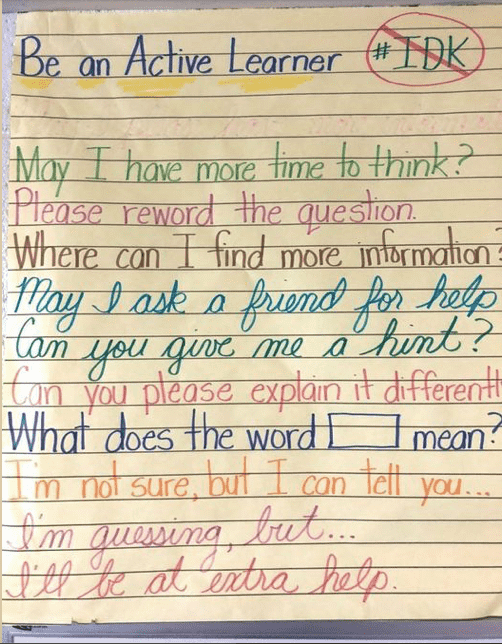
It will also be helpful to provide children with quick reference in the form of a few pages of illustrated vocabulary words organized by theme, which they can quickly pull out when needed.
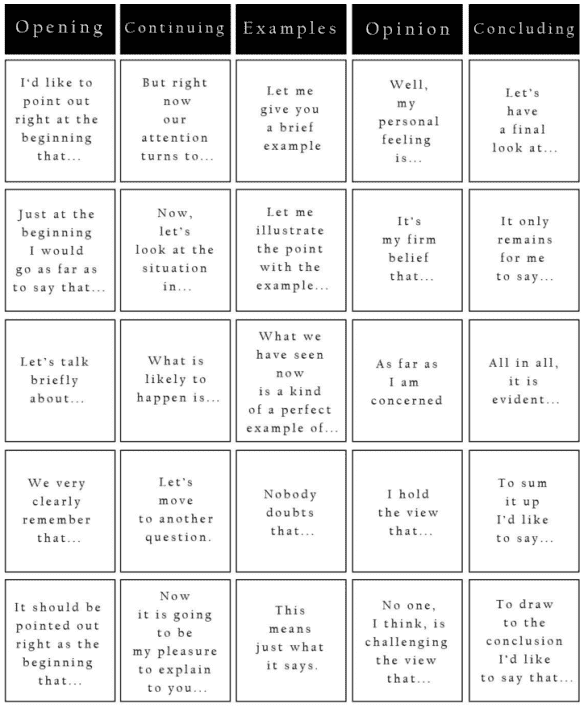
When communicating with ELLs, add gestures to bolster communication. This helps reinforce the auditory with the visual. Draw or write keywords frequently as they come up during instruction to help students further comprehend what you’re saying.
5. Slow it down!
Speak slowly. This small but vital change can make a world of difference. You can record yourself speaking to understand your speed and then adjust. Also, adding three to five seconds after a question is posed offers students time to think.

However, for ELLs, it means something more. It also gives them time to translate, process their thinking, translate back into English, and develop the courage to answer. They might stop thinking or answering if called upon too soon.
6. Using Multiple Learning Styles
Children learn better when they engage with the learning material in multiple ways.
Lessons that involve all the skills (reading, writing, speaking, and listening) and drawing, for example, would give students several opportunities to enhance their understanding of the concept. For ELLs, those additional interactions provide a little breathing space so they can negotiate the communication block.
Experiential learning is another strategy to support ELLs. It’s important to provide opportunities for ELLs to acquire vocabulary and build knowledge through hands-on learning or tactile activities and encourage students to create solutions to proposed problems or tasks.
Similarly, visuals like charts, infographics, and images can help ELLs understand what is being discussed and express themselves. By pointing to an image on a chart, students can tell you what they feel, how much they’ve understood, and so on.
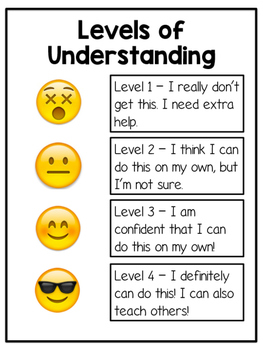
Posters of mouth formations or videos of someone creating sounds of English letters can be posted around the classroom. This would especially be helpful considering that masks have become a necessity and the mouth of the teacher often isn’t visible.
7. Focus on the production skills from the start
Productive language skills like speaking and writing are hard to master in the path to building language fluency but are absolutely essential. Consequently, they should be in focus from day one, even if students feel hesitant about them.
8. Bilingualism in the class
Learning a new language and its culture should be considered an addition to what students know rather than replacing the language they already know. Understanding that language and culture are intertwined helps create a supportive environment where students feel valued and motivated to learn.
When introducing a topic, encourage students to preview some introductory or related materials in their home language before they come for class. This, again, would make a world of difference in their participation and understanding.
Allow children to transition languages or alternate between English and their native language. This is an essential strategy for ELLs, who often feel intimidated when asked to speak. When students can use their first language to help with learning their second language, it lessens some of the anxiety that can occur.
When putting across complex ideas and thoughts, this helps a lot as it takes away the pressure of the medium of communication and allows them to focus on communicating their ideas.
9. Leverage technology
Incorporating technology is an important strategy for supporting English Language Learners in the classroom. Use the internet to let children view videos of activities, events, and places worldwide. This can help students visually as well.
Listening can become very taxing for ELLs, so teachers should add as many support visuals as possible. Technology enables this as images and text can be projected on the screen when learning new concepts. Document cameras make a difference in showing ELLs exactly what you’re talking about rather than trying to explain it.
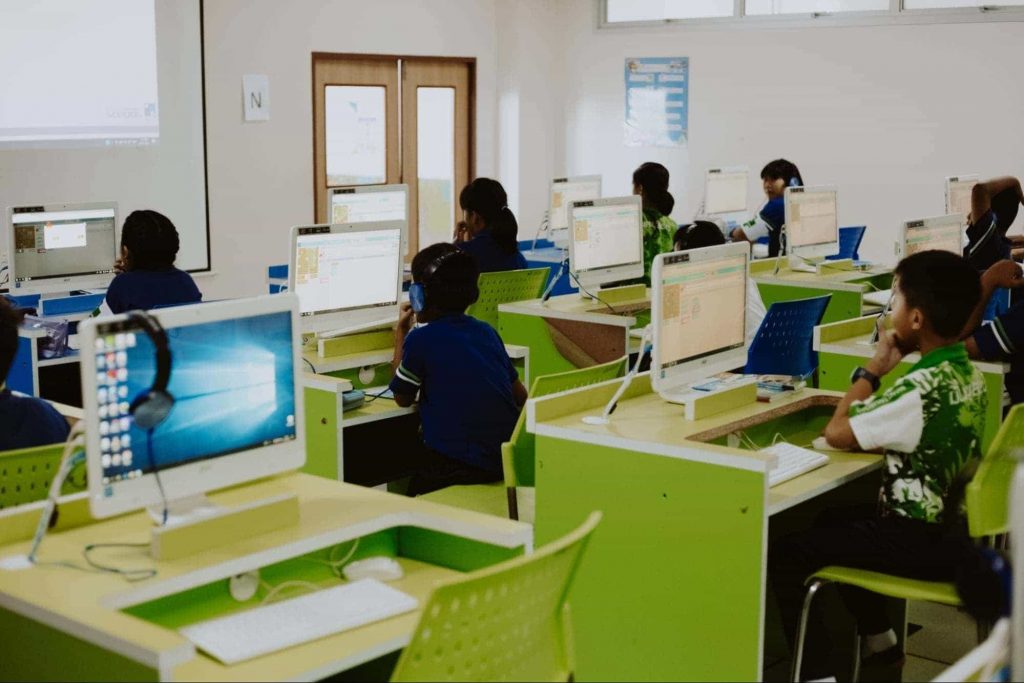
Besides this, using technology features such as closed captions, voice typing, recording the sessions, watching replays, and using microphones for voice amplification systems can help ELLs understand the nuances of what is being conveyed.
With the above strategies, your ELLs will elevate their learning efforts and make way for a brighter future!
Let’s find more online educational resources for kids that will help their learning experience and make them smarter.

















